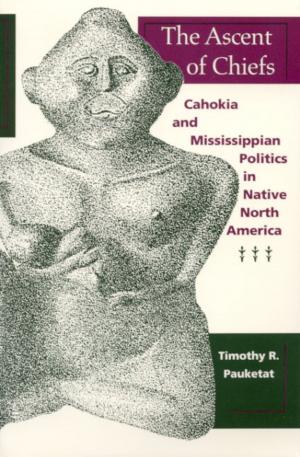Separation of Church and State
Dina de-Malkhuta Dina in Jewish Law
Nonfiction, Religion & Spirituality, Judaism, Philosophy| Author: | Gil Graff | ISBN: | 9780817386849 |
| Publisher: | University of Alabama Press | Publication: | October 25, 2012 |
| Imprint: | University Alabama Press | Language: | English |
| Author: | Gil Graff |
| ISBN: | 9780817386849 |
| Publisher: | University of Alabama Press |
| Publication: | October 25, 2012 |
| Imprint: | University Alabama Press |
| Language: | English |
For the Jewish community, the end of the Middle Ages and the emergence of the modern nation-state brought the promise of equal citizenship as well as the possible loss of Jewish corporate identity. The legal maxim dina de-malkhuta dina (the law of the State is law) invoked in Talmidic times to justify the acceptance of the king’s law and qualified in the Middle Ages by Maimonides and Rashbam to include the requirement of consent by the governed underwent further redefinition by Jews in the Napoleonic age. Graff focuses on the struggle between 18th and 19th-century Jewish religious reformers and traditionalists in defining the limits of dina de-malkhuta dina. He traces the motivations of the reformers who, in their zeal to gain equality for the formerly disenfranchised Jewish communities in Western Europe, were prepared to render unto the State compromising authority over Jewish religious life under the rubric of dina de-malkhuta dina was intended to strike a balance between synagogue and state and not to be used as a pretext for the liquidation of the community’s corporate existence.
Graff observes that the significance of dina de-malkhuta dina and its interpretation ids vital for an understanding of modern Jewish life as well as the relationship of Diaspora Jews to the Jewish community in the state of Israel.
For the Jewish community, the end of the Middle Ages and the emergence of the modern nation-state brought the promise of equal citizenship as well as the possible loss of Jewish corporate identity. The legal maxim dina de-malkhuta dina (the law of the State is law) invoked in Talmidic times to justify the acceptance of the king’s law and qualified in the Middle Ages by Maimonides and Rashbam to include the requirement of consent by the governed underwent further redefinition by Jews in the Napoleonic age. Graff focuses on the struggle between 18th and 19th-century Jewish religious reformers and traditionalists in defining the limits of dina de-malkhuta dina. He traces the motivations of the reformers who, in their zeal to gain equality for the formerly disenfranchised Jewish communities in Western Europe, were prepared to render unto the State compromising authority over Jewish religious life under the rubric of dina de-malkhuta dina was intended to strike a balance between synagogue and state and not to be used as a pretext for the liquidation of the community’s corporate existence.
Graff observes that the significance of dina de-malkhuta dina and its interpretation ids vital for an understanding of modern Jewish life as well as the relationship of Diaspora Jews to the Jewish community in the state of Israel.















